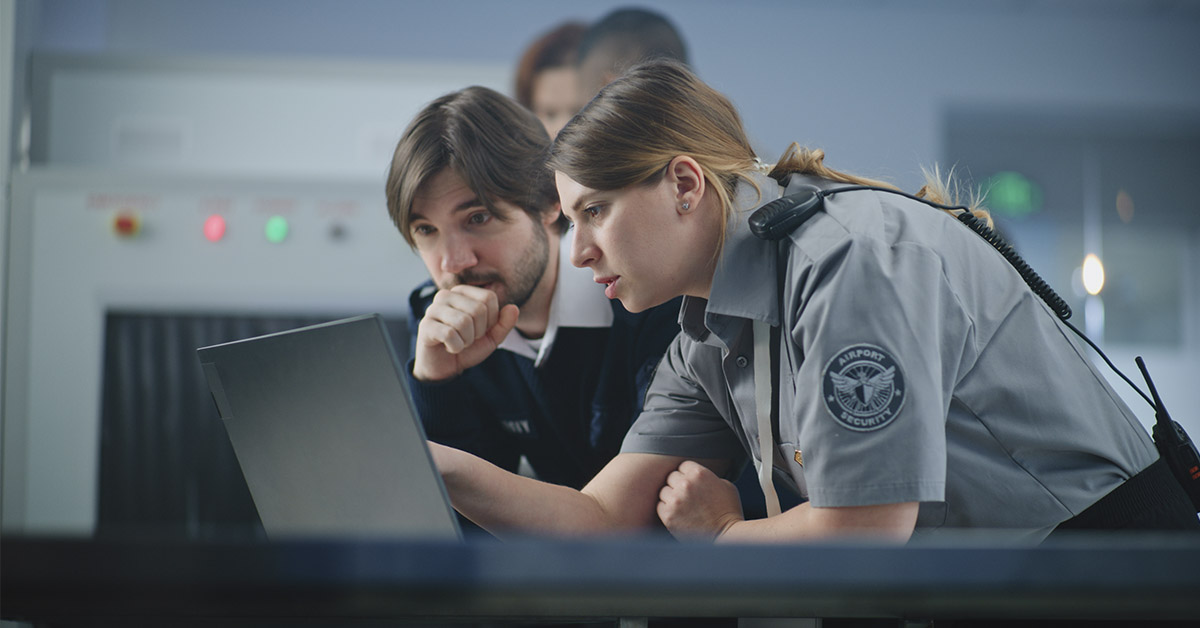TSA changes affect every passenger heading to the airport in 2025, and understanding them can save you stress and time. New rules will transform routine security steps from showing ID to unpacking electronics. You will need to adapt to updated identification requirements, embrace faster trusted traveler lanes, and learn about emerging screening technologies. This guide outlines the key rule shifts, from REAL ID enforcement to biometric checks, so you arrive prepared. Keeping up with these TSA changes will help ensure smooth airport passes and let you focus on your trip instead of last-minute surprises.
REAL ID Enforcement Goes Live
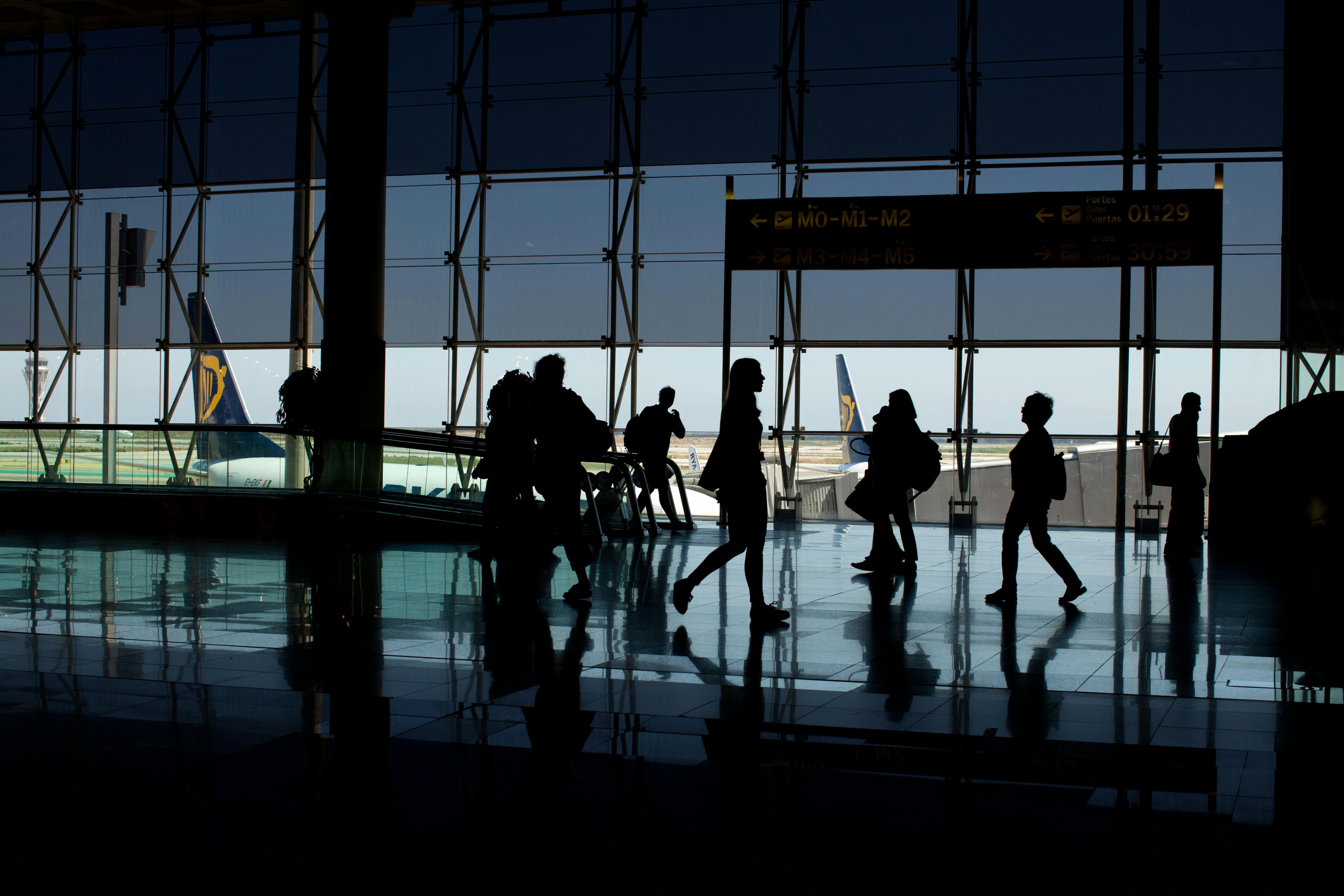
Starting May 7, 2025, you must present a REAL ID-compliant license or acceptable alternative to board domestic flights. Standard driver’s licenses no longer suffice unless marked REAL ID, increasing document scrutiny at checkpoints. You can also use valid passports or trusted traveler cards like Global Entry. Many states now issue mobile driver’s licenses, but not all airports accept them yet. Double-check your departure airport’s policies before you fly. Failing to meet this requirement will block your entry past the security gate, so update your ID ahead of time.
Essential Role of TSA PreCheck

Passengers who enroll in TSA PreCheck gain access to dedicated lanes that reduce wait times by up to 70 percent at participating airports. With PreCheck, you keep shoes, belts, and light jackets on while laptops and compliant liquids stay in bags. Industry data shows these trusted traveler lanes cut screening queues significantly during peak travel. Enrollment fees remain unchanged, and expansion plans aim to roll out PreCheck lines at more regional airports in late 2025. Given growing passenger volumes, securing PreCheck status will play a vital part in smoothing your trip. Using these TSA changes can make a noticeable difference.
End of the Shoe-Off Rule
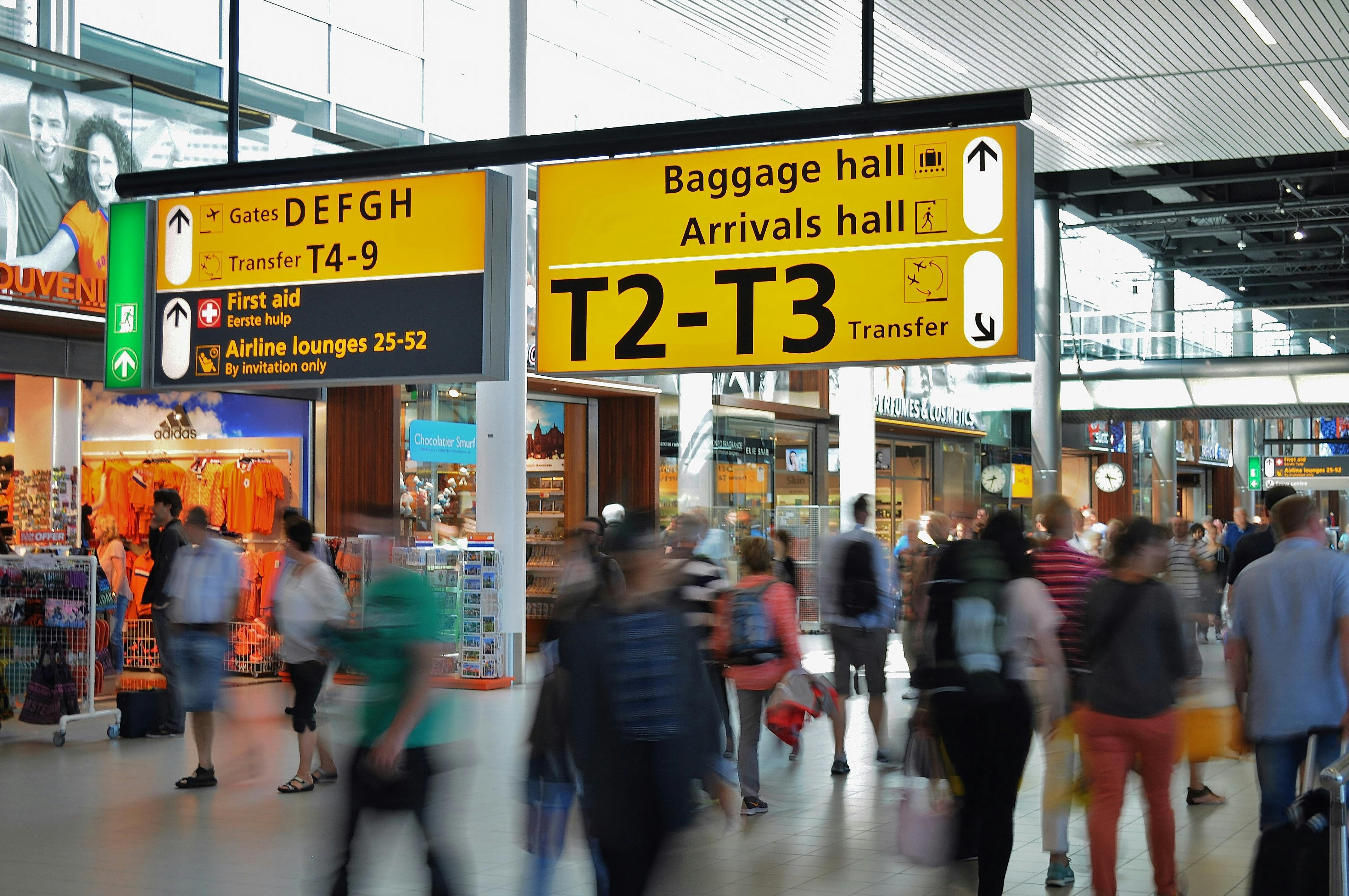
On July 8, 2025, the TSA ended the long-standing requirement to remove shoes during security screening. This practice, in place since 2006, no longer applies at most U.S. airports. You walk through advanced imaging scanners wearing footwear, saving precious seconds at the checkpoint. TSA officers still reserve the right to request additional screening if a scanner flags footwear. However, most travelers breeze through without stopping. Remember to check airport signage in case some smaller facilities follow older protocols temporarily.
Future of Liquid Restrictions

Source: Pexels
The familiar 3-1-1 liquid rule remains active, but regulators are reviewing whether to ease it. Officials have floated plans to raise the allowable liquid volume per container or scrap bin requirements altogether. No implementation date exists yet, but airlines and airports expect updates by late 2025. Until then, pack your liquids within the one-quart clear bag and limit containers to 3.4 ounces. Staying aware of these TSA changes avoids unwanted delays. Track TSA announcements and sign up for alerts to catch rule shifts as soon as they become official.
Read More: Man Who Visited Every Country Without Flying Names the Worst Spot
Rise of Biometric Screening

TSA deploys facial recognition technology to verify identities without manual ID checks. Known traveler programs integrate biometric scanners at select checkpoints, matching your image to government records in seconds. These systems promise minimal physical contact and faster processing. Privacy advocates note strict data protocols, and TSA officials state that the technology never stores passenger images in a database. Early pilots prove success in reducing agent-passenger interactions. You may see these systems expand to additional major hubs by the end of the year.
Digital ID Integration
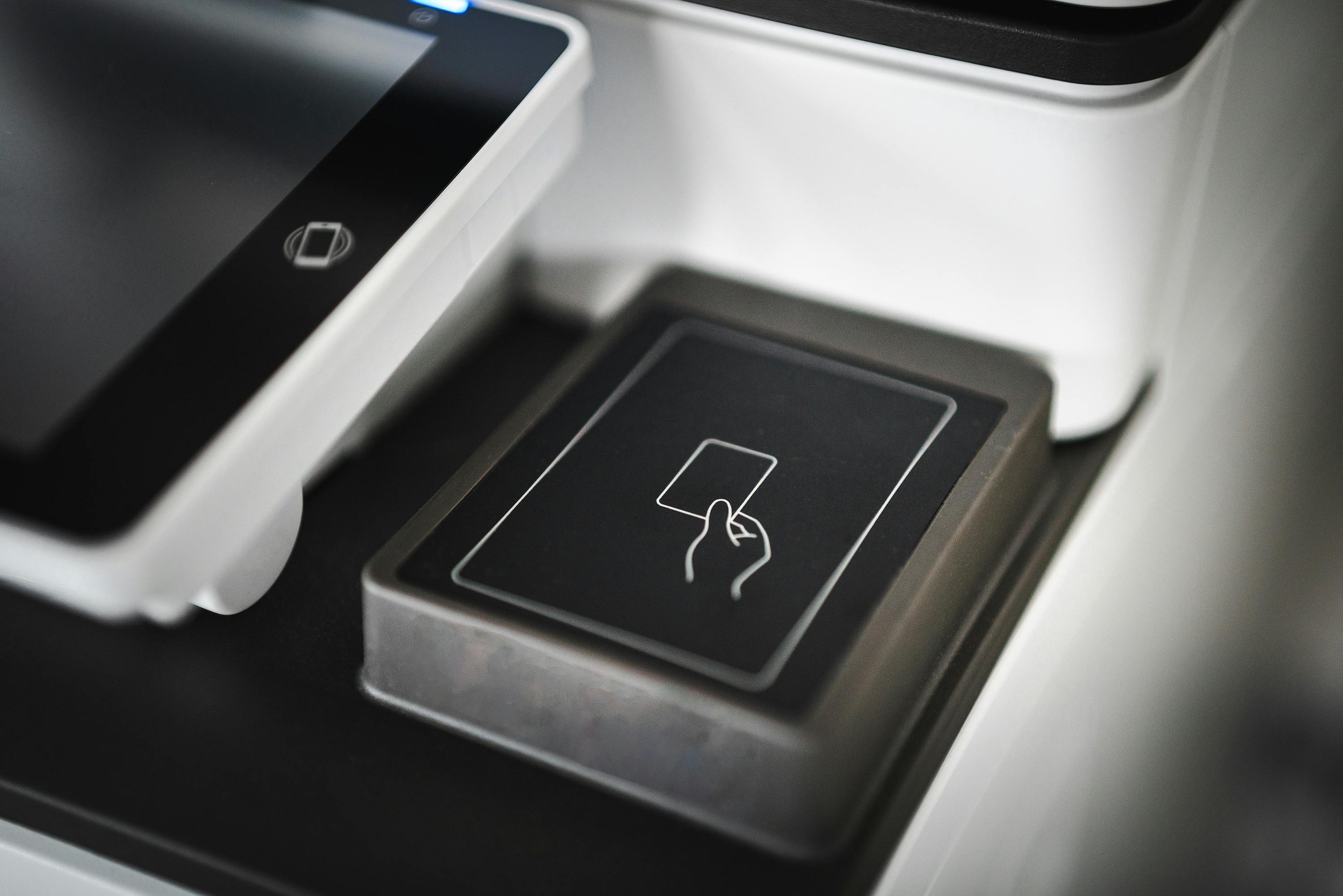
Mobile driver’s licenses now work at participating checkpoints in cities like Los Angeles, Atlanta, and Dallas. Using Apple Wallet or Android equivalents, you tap your phone to a scanner instead of handing over a physical card. Digital IDs display only essential data, preserving sensitive information. Not every state supports mobile credentials yet, but adoption grows monthly. Before relying on your phone, confirm your departure airport’s capabilities. Having both digital and physical IDs remains the safest strategy until universal acceptance takes hold. Embracing these TSA changes keeps you ahead of the curve.
Enhanced Screening Technology

New Credential Authentication Technology version 2 (CAT-2) machines verify the authenticity of IDs and speed the X-ray process. At CAT-2 checkpoints, laptops and large electronics stay inside carry-ons, and liquid bins flow automatically through scanners. Automated systems help officers focus on genuine threats rather than routine checks. As of mid-2025, CAT-2 units serve over 60 airports, with plans to double that number. If your airport uses CAT-2, expect quicker bins and fewer pat-downs. Adapt to these upgrades by following on-screen prompts and loading bins correctly.
Read More: This Common Flight Habit Could Soon Cost You
Special Programs for Families and Military

TSA introduced the “Families on the Fly” lanes to ease travel for parents with young children. These lanes keep diaper bags and formula out of the standard screening queue, reducing stress at busy checkpoints. Military members also receive perks via the Honor Lane, rolling out nationwide in mid-2025. Uniformed service personnel and dependents enjoy dedicated lines and PreCheck discounts. Gold Star families and certain disabled veterans gain free PreCheck enrollment. These targeted benefits aim to cut wait times and honor service commitments, reflecting how TSA changes can support special traveler groups.
Preparing for TSA Changes
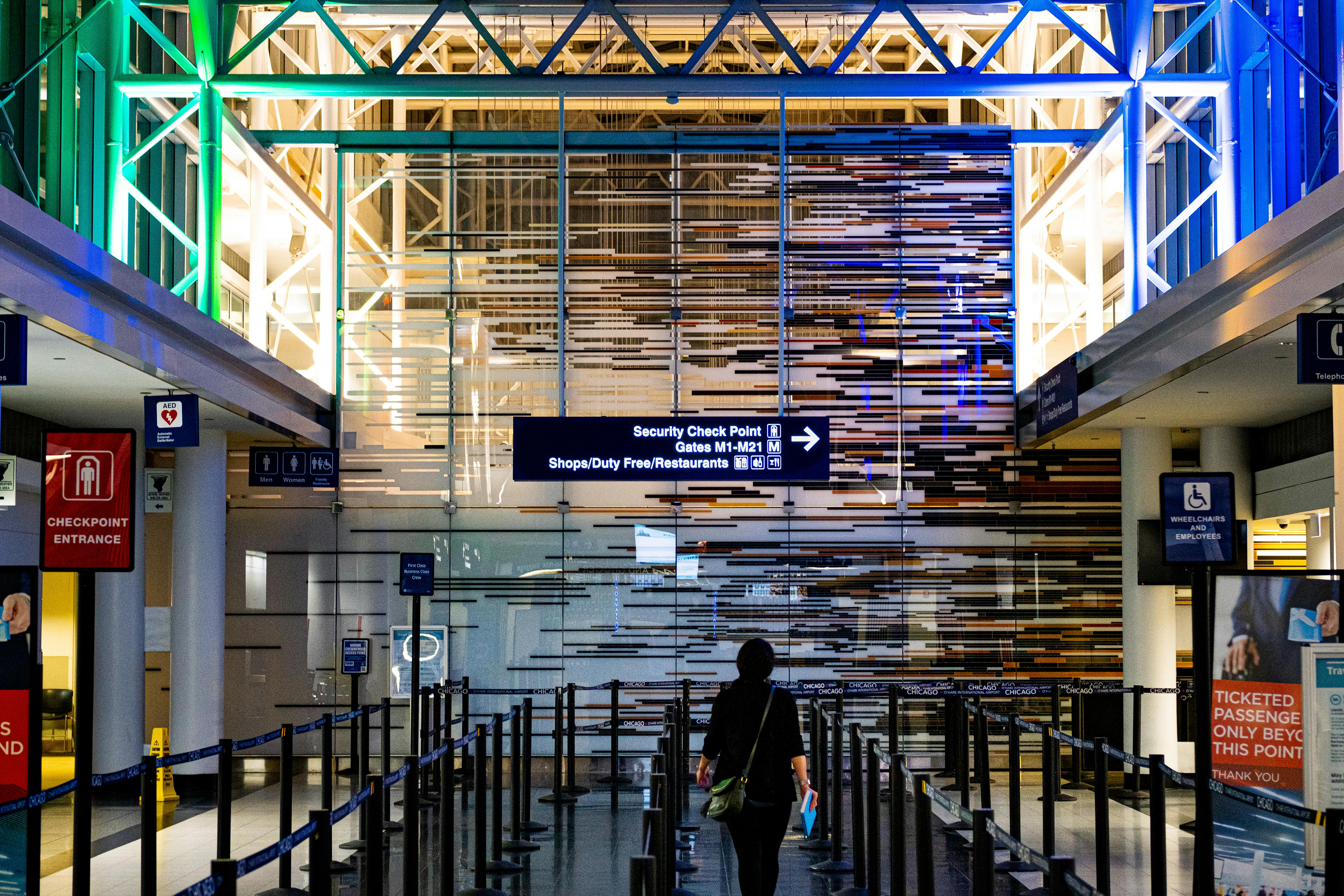
To navigate all these updates, review your upcoming airport’s TSA page and subscribe to official alerts. Confirm your ID status, enroll in PreCheck if you qualify, and test any mobile credentials before departure. Keep liquids packed per current rules, and carry paper copies of TSA notices if you face conflicting guidance. Allow extra time for unfamiliar checkpoints, especially when they introduce new technology. Packing smart, arriving early, and knowing what to expect remain fail-safe strategies. Staying informed about TSA changes in 2025 gives you confidence and control during airport security.
Conclusion
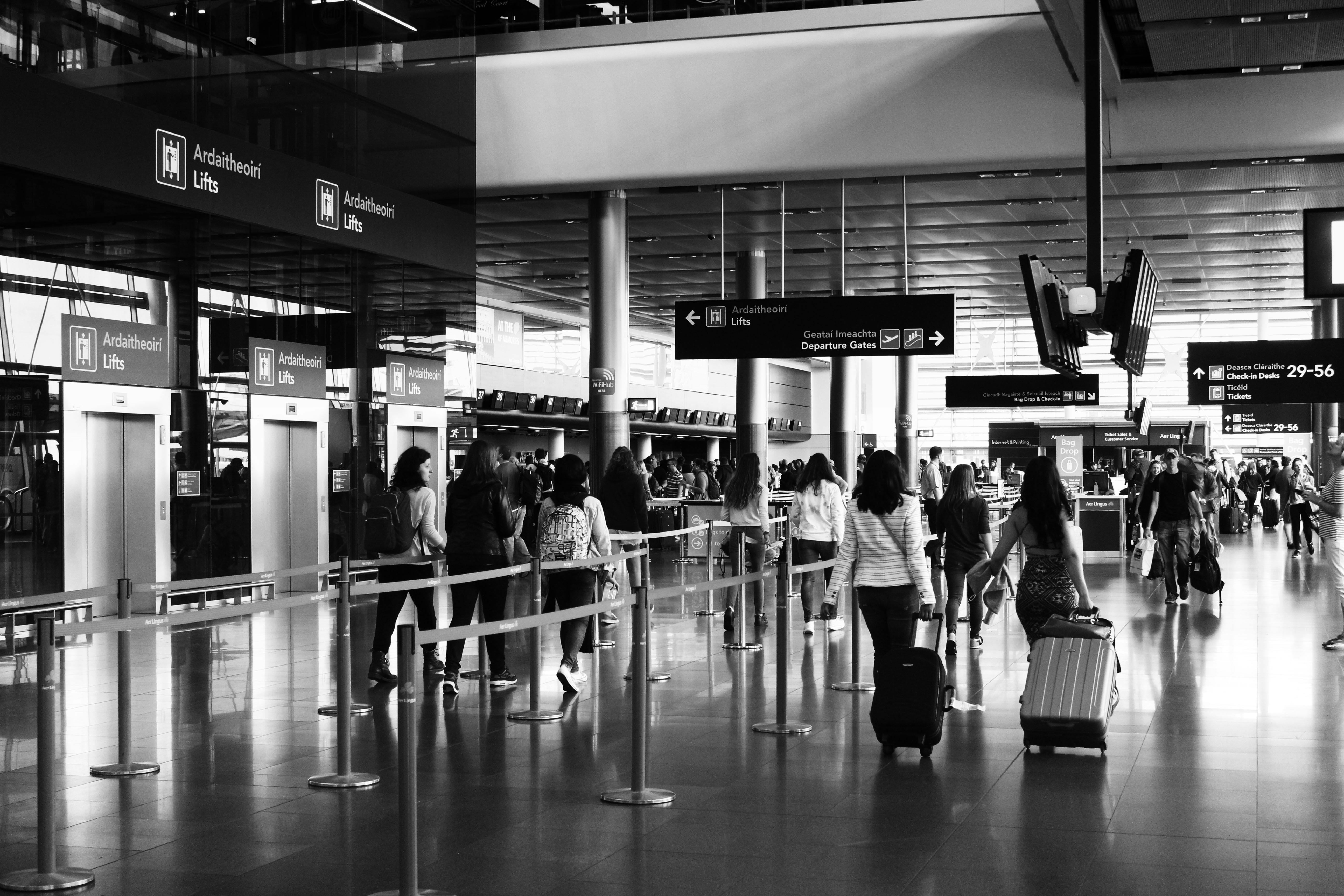
Air travel in 2025 will look different thanks to significant TSA changes. From REAL ID enforcement and biometric checks to family lanes and digital IDs, the security landscape prioritizes both safety and convenience. You gain by adapting to these new rules early, enrolling in trusted traveler programs, and leveraging technology wherever available. Keep an eye on TSA announcements for liquid rule updates and additional screening enhancements. Implementing these tips helps you move through checkpoints smoothly, leaving travel stress behind. Safe flights start with preparation, so embrace these changes and plan ahead.
Disclaimer: This article was created with AI assistance and edited by a human for accuracy and clarity.
